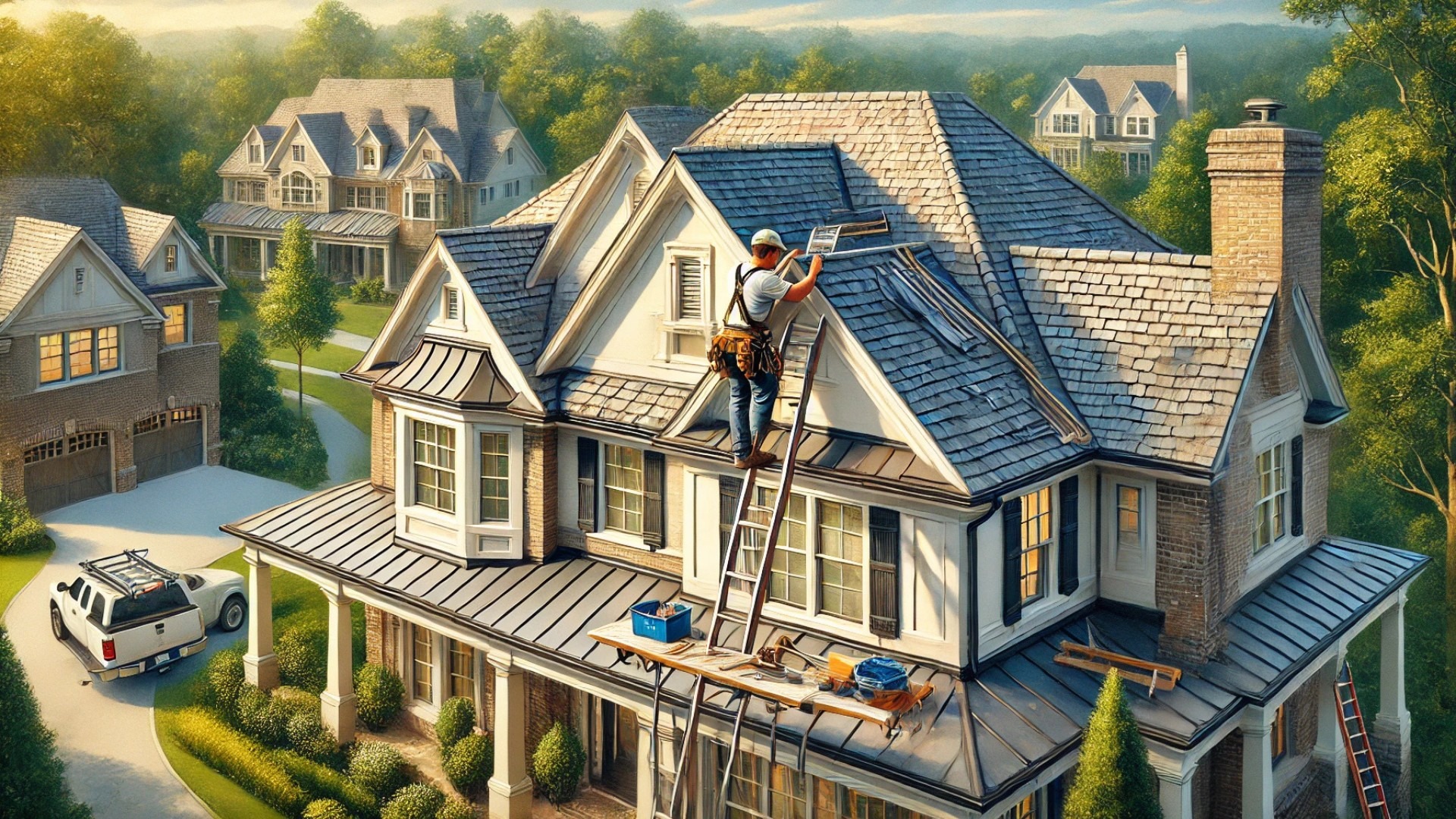
The True Cost of Metal Roof Replacement
Investing in a new roof, especially a metal one, requires careful planning and a solid understanding of what goes into the final price. Many homeowners might think the cost is straightforward—materials and labor—but several factors play a significant role in determining the overall expenses. By grasping these elements, you can anticipate costs and budget effectively without unpleasant surprises.
Factor 1: Material Selection Matters
The type of metal roofing you choose significantly impacts your budget. For instance, galvanized steel is a popular option due to its affordability and durability. It provides a robust shield against the elements, but opting for higher-end materials like copper or zinc can elevate costs. Copper roofs not only add beauty but can last for over a century, making them a long-term investment. Each material offers distinct benefits and price points, so it’s crucial to weigh your options carefully.
Factor 2: Roof Size and Complexity Can Skyrocket Costs
Determining the size of your roof is essential, as more significant areas yield higher material expenses. Roofing professionals often calculate prices based on 'squares', with one square covering 100 square feet. However, don’t overlook roof complexity; intricate designs with multiple slopes or steep pitches demand more labor and materials. The aesthetic beauty of a unique roof can enhance your property, but it comes at an additional cost.
The Role of Labor & Installation Costs
Labor constitutes a significant part of the total cost of metal roof replacement, with estimates suggesting up to 60% of the total bill can go to skilled installers. Hiring experienced professionals can prevent costly mistakes during installation and ensure the roof's longevity. Local market rates can also influence labor costs, so it's wise to gather multiple quotes to find a reputable contractor.
Added Elements that Increase Final Price
Beyond the primary factors, additional elements can subtly creep into your budget. Underlayment, necessary flashing for skylights, gutters, and even the finish on your roofing surface can cumulatively increase the final bill if not accounted for. Each aspect requires careful planning to ensure your dream roof becomes a practical reality.
Long-term Investment or Short-term Expense?
Metal roofing is more than just a material choice; it's an investment. On average, homeowners may spend between $6,800 and $51,000 for metal roofing. While that may seem substantial, consider the longevity—metal roofs typically last anywhere from 40 to 100 years, bypassing the hassle of frequent replacements typical with asphalt shingles. Choosing a metal roof can provide long-term savings as well as increase your home's resale value. In fact, according to Remodeling Magazine, homeowners can recoup nearly half of their roof replacement costs when they sell their home.
Explore Your Metal Roofing Options
With significant initial costs, it’s essential to find the right materials and style that suit both your taste and your budget. Remember, investing in high-quality materials and skilled labor can pay off dividends long into the future. Take the time to research thoroughly, consult trusted contractors, and consider your long-term needs to elevate your home's elegance, efficiency, and value.
Call To Action
Are you ready to take your home to the next level? Understanding the nuances of metal roofing can empower your choices. Explore the options available and consult professionals to kickstart your journey toward a resilient and stunning roof.
 Add Row
Add Row  Add
Add 

 Add Row
Add Row  Add Element
Add Element 




Write A Comment